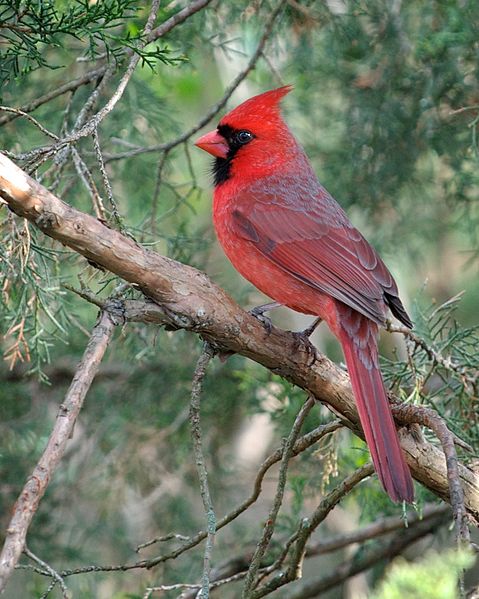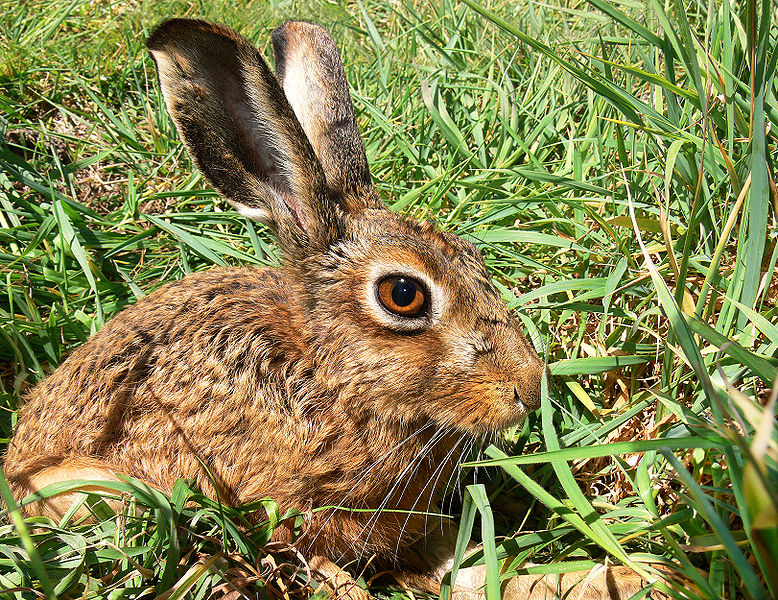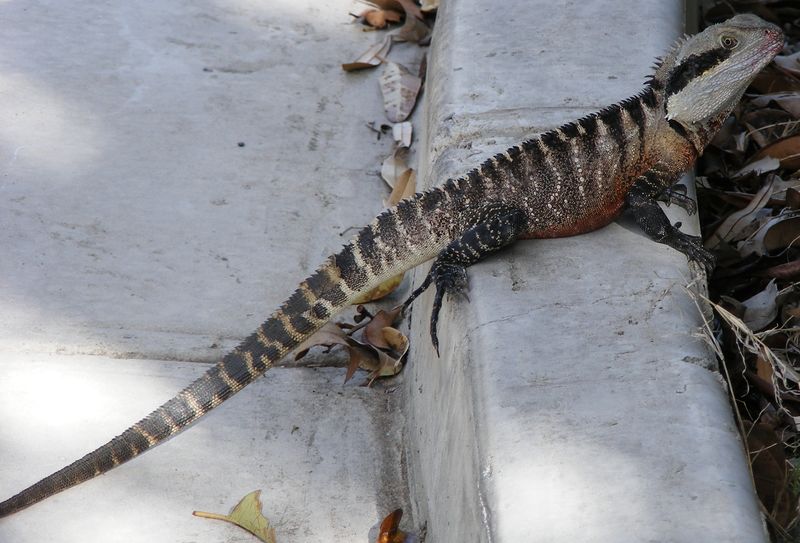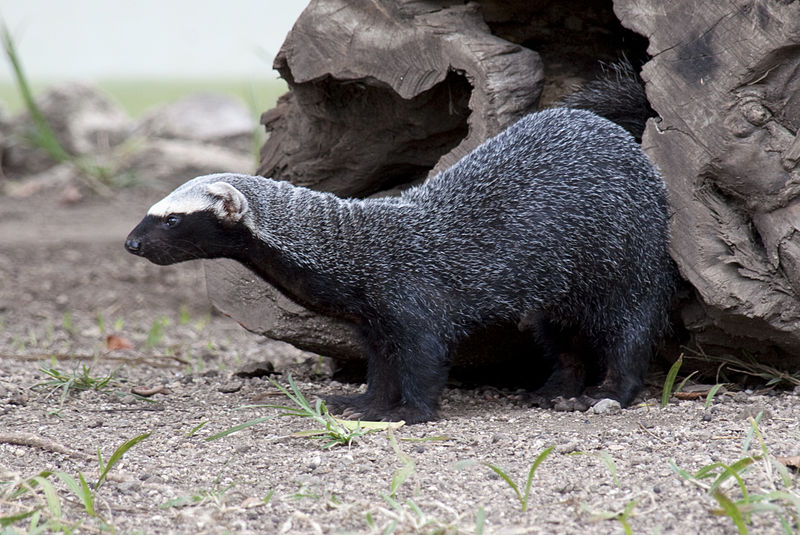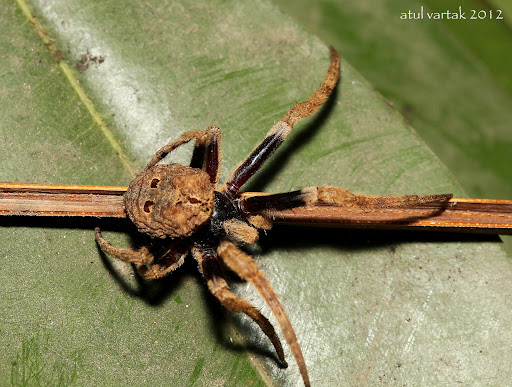
Cool Stuff You Need To Know!
- The Tree Stump Spider is also known as the Two-Tailed Spider as a result of their two web spinning mechanisms
- Believe it or not there are over 150 different Tree Stump Spider species, which means there are A LOT of creepy looking spider in this world of ours
- Luckily these spiders are not that large with a length ranging between 10 mm (0.4 in) and 18 mm (0.7 in) – I guess this just makes it more difficult to spot them so is this really better?
- As you may have guessed the Tree Stump Spider gets its name from their strong resemblance to tree stumps, which allows them to be hidden in plain sight
The Tree Stump Spider Feeding Frenzy
Unlike regular ol’ spiders the Tree Stump variety doesn’t build a normal web hoping for unsuspecting flies to get tangled in. Nope, these sneaky little spiders will create a very small layer of webs over the tree bark (this layer is so light that it is practically invisible). Then our well camouflaged predator will simply sit and wait in plain sight. When a helpless insect wanders onto this well concealed patch of web, the Tree Stump Spider will circle the prey using their two spinners to completely engulf the soon-to-be lunch. Once our “villain” is done coating their snack with webbing, they will start chewing through the web and devour the insect. It may sound cruel but you have to give the little spider props for being innovative, right?
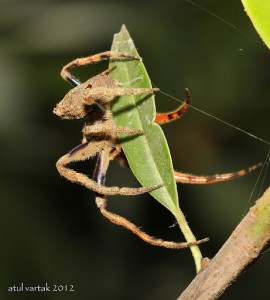
Where In The World Is The Tree Stump Spider
If you want to catch a glimpse of this intriguing member of the Jumping Spider family then you will need to take a trip to….pretty much anywhere in the world. The only exceptions include northern North America and northern Europe and Russia. You may have guessed that these spiders are tropical and sub-tropical species so they don’t like the cold too much – When it comes to creepy spiders, I am okay that they don’t live in Canada. So if you happen to live in their distribution range, you will need to start looking at all the trees as these spiders typically hang out on the bark of tree trunks, which makes sense since that is what the are camouflaged to do. Other places you could find them include fence posts, outside building walls and quite often inside your house (did I mention that I am happy in live in Canada).
If you have had the opportunity to see one of these amazing spiders, please let us know what you thought of them in the comments below or on the Wild Facts Facebook Page. We would love to hear your opinions.



